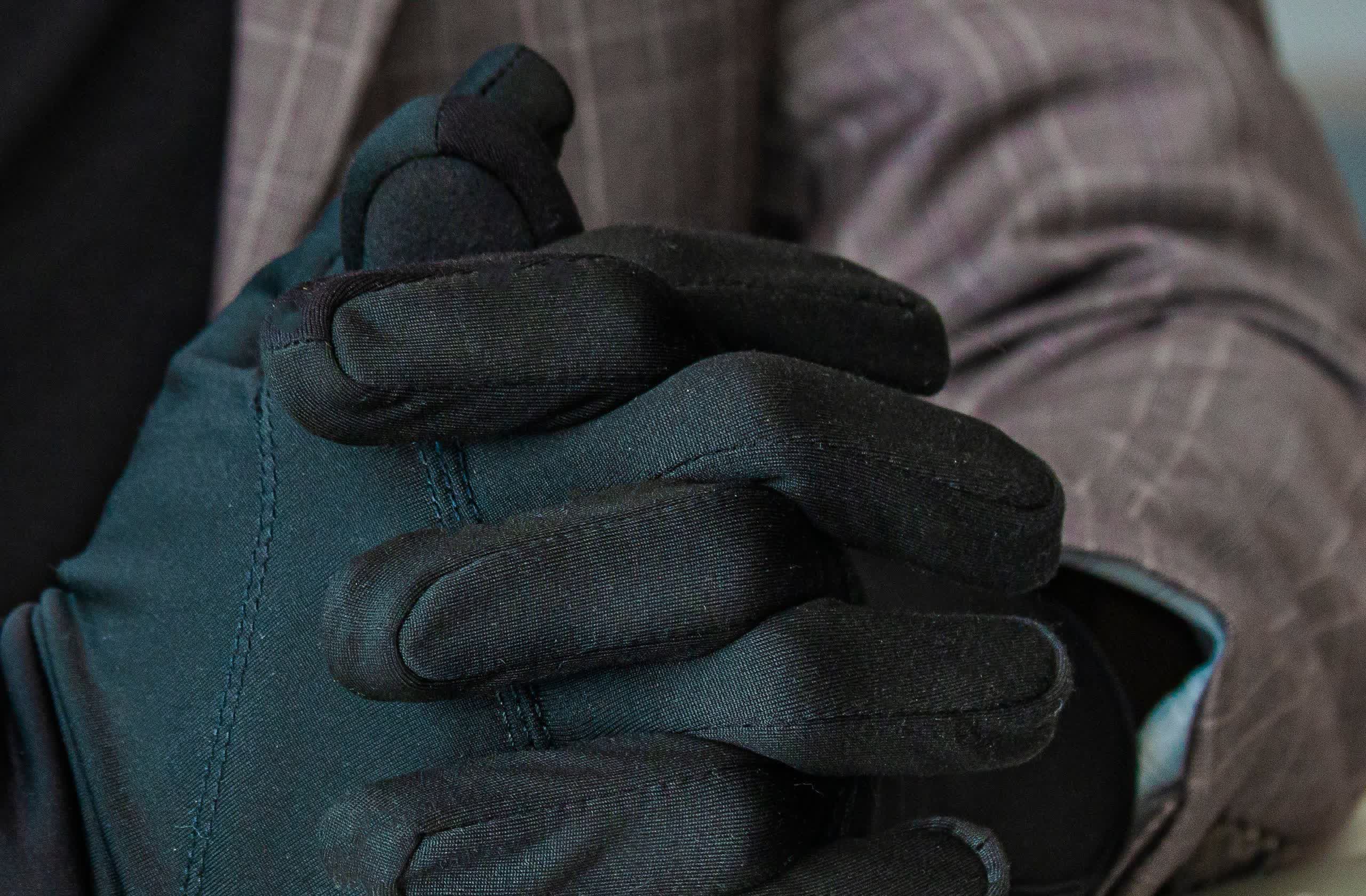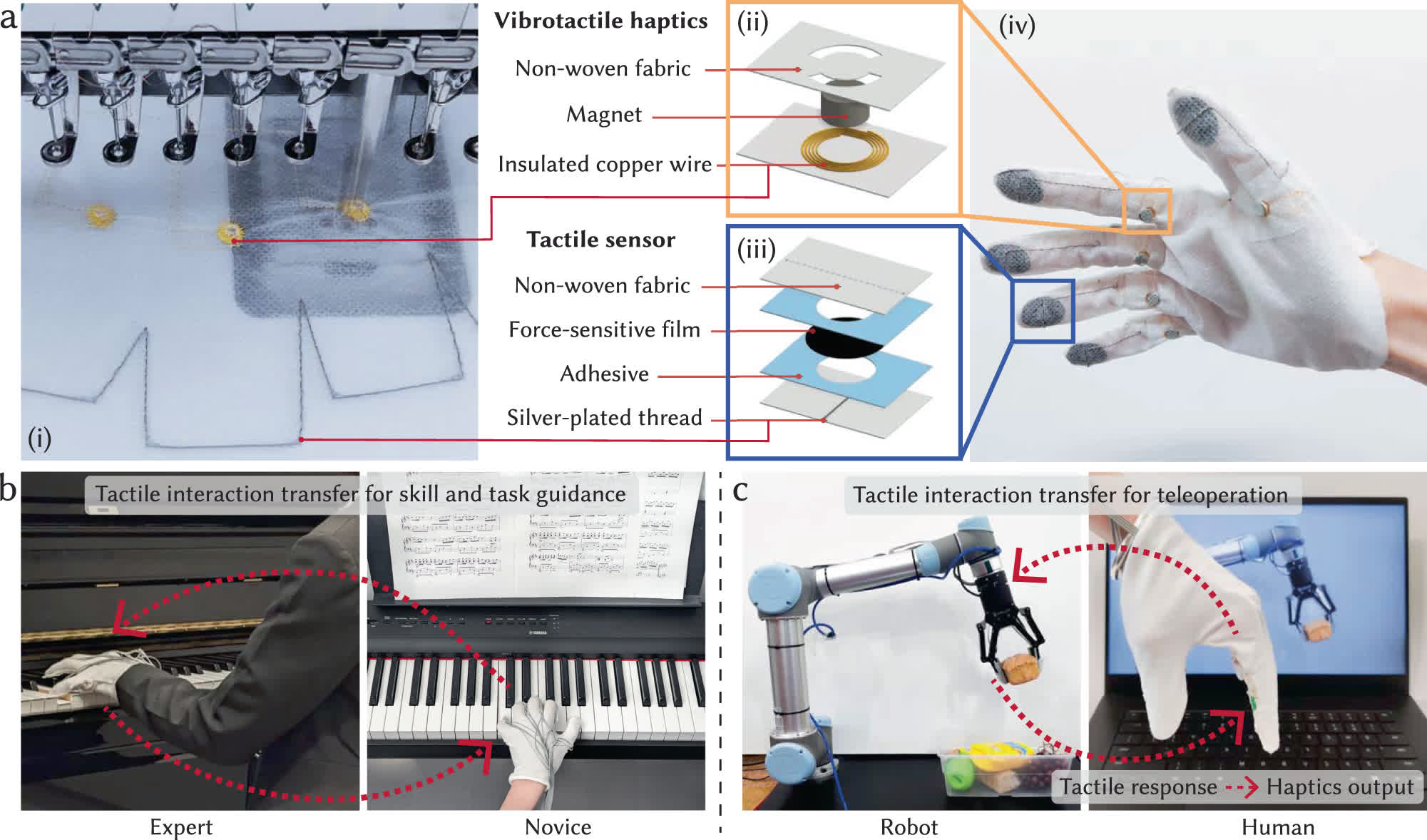Forward-looking: Gloves and haptic feedback have been tested as digital input methods repeatedly over the decades, but the technology still hasn't received wide acceptance. A new MIT project using machine learning could make wearable haptic feedback more accurate and impactful for various applications.

Researchers from MIT have developed smart gloves that can record, transmit, and deliver personalized haptic feedback. The technology could enhance immersion in augmented reality or improve physical learning experiences.
The researchers use a digital embroidery machine to weave the kind of haptic actuators used in smartphones into textiles. The current iteration reproduces sensations that can imitate the feeling of gripping an object or pressing a button.
By recording sensations and transferring them between users, the gloves could introduce new teaching methods. For example, a piano instructor tested the technology by recording a tune through the sensation of pressing the sequence of keys. Students wearing smart gloves could feel the same sensation when hovering over the correct keys, adding a physical element to digitally transmitted instruction to simulate hands-on training.
Surgeons, firefighters, and pilots could also potentially use the gloves for training. Furthermore, they could help humans teach robots or directly control them with enhanced precision. With haptic feedback, the researchers instructed a robot on the exact amount of pressure to apply when gripping delicate objects.
Moreover, a machine learning step customizes the gloves and haptic feedback for individual users based on their reactions and hand measurements. The personalization process only takes 15 seconds, and making a pair of gloves for a new user takes around 10 minutes. This aspect of the technology is necessary because everyone perceives tactile feedback differently.
Experiments also involved video games customized to utilize the haptic feedback for tasks like driving and following a rhythm. Players using optimized feedback performed better than those with unoptimized haptics, indicating that personalized sensation enables more accurate tactile reception.
Further development could increase accuracy and make the technology applicable to more tasks. Stronger haptics could make smart textiles feasible for other parts of the body that are less sensitive than hands. More complex artificial intelligence might help simulate more complex tasks like molding clay or flying an aircraft. Additional user data could lead to better-fitting gloves and more accurate tactile simulation.
The researchers have made the training code and experimental data publicly available to interested parties.
https://www.techspot.com/news/101995-smart-gloves-could-use-haptic-feedback-teach-physical.html
